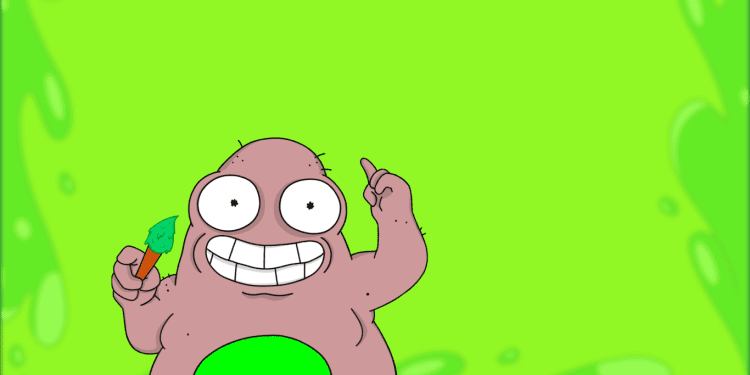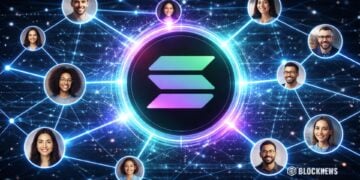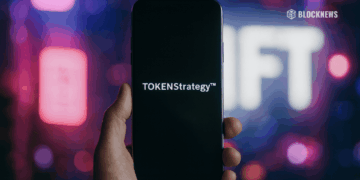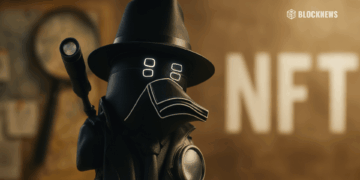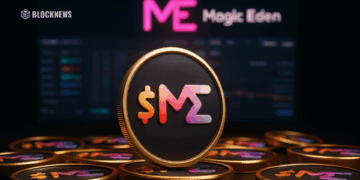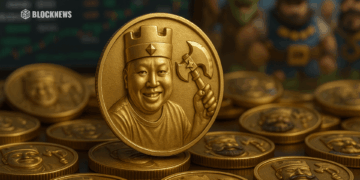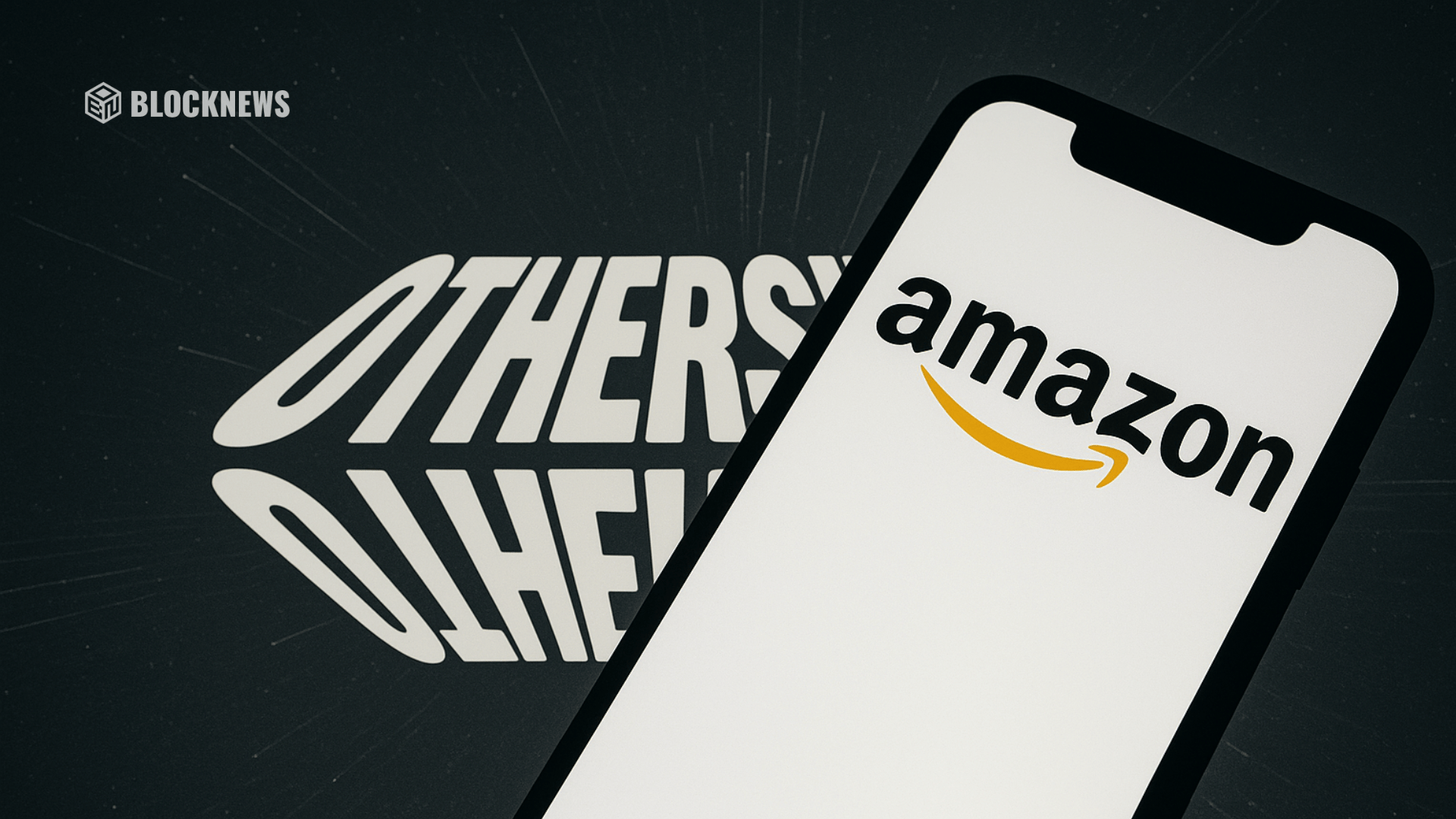With the NFT industry still finding its way into the heart of mainstream users, due to problems with the operation status quo still being developed and updated on the go, it has become the norm for troubles to arise at intervals.
Now and then, an NFT project comes under the spotlight, facing heavy criticism and backlash from NFT Twitter, as it is where every touchy subject regarding NFT is properly dissected, and opinions are freely heard.
From projects that are rugged to marketplaces making creator royalties optional, all controversial platforms get a rebuttal from the public.
This week, however, the NFT project that has come under fire has a lot to unpack. From having an allowed list dominated by influencers to allegations about the founder’s improper behavior, it is a hot week for netizens on NFT Twitter and those involved in the ArtGobbler’s project.
What is the ArtGobbler NFT Project?
ArtGobbler is an Ethereum NFT project created by Paradigm, a crypto-web3 investment firm, alongside Justin Rolland, co-creator of the popular adult animation Rick and Morty.
Their Twitter bio shows ArtGobbler as an “experimental, decentralized art factory.”
The project skyrocketed to the top 10 list of projects for total ETH volume in October, barely an hour after minting out, and has already generated over $26 million worth of secondary sales. It has an initial supply of 2k NFT pieces with a current floor price of 12.4 ETH.
The project’s whitepaper further explains how the ArtGobbler ecosystem operates. The initial (free) Gobbler mint consists of 2,000 fully animated gobblers—these gobblers are “gobble art” drawn by artists using the project’s draw tool. The drawings are then turned into 1/1 NFTs using in-game resources.
$Goo tokens are earned by the Gobblers and used to make blank pages to produce new art. The token supply is designed to be infinite, so the gaming ecosystem cannot be balanced by giving fixed items in Goo.
Instead, a mechanism called VRGDA will be introduced to adjust prices over time automatically. ArtGobbler expressed their intentions of powering a self-sustaining ecosystem to incite cultural relevance from the art creators make.
The AllowList For Influencers
Even with their detailed roadmap and spelled-out intentions, the issue with ArtGobbler’s free allow list caused many people on NFT Twitter to speculate whether nepotism influenced the outcome of those who managed to get spots and others who were unsuccessful.
The stir began when an image that quickly circulated revealed the names of NFT influencers, notable personalities, and content creators.
Some influencers who got allowed list spots flipped and sold their ArtGobbler NFT immediately.
One of them is fxnction, a self-labeled NFT Degen. “I got that shi* and dumped it fast. Free $18k. You expect differently?” he tweeted.
Tweets demanding that influencers disclose how they got an allowed list spot by promoting the project have increased over the past few days, with many users calling them out for being complacent in the system that has caused the NFT industry to be branded as a “rigged game.”
“This is why NFTs will never be taken seriously,” a famous pseudonymous NFT influencer tweeted.
Another NFT user compared the shady practice of the influencers getting whitelisted to tweet about the project as a Web2 behavior. Others agreed on the irony it brought to the motto of creating decentralization and fairness rather than having a couple of people get inside information and then dumping it on unsuspecting FOMO buyers.
However, some creators and collectors have taken to defending the project’s team and those who mined. For example, the jpeg enthusiast and Web3 builder- Loopify called out the supposed “wave of misinformation” and shared images of people who had “their lives changed by being picked for WL…debts paid, financial stability, etc.”
His comment section did not seem to agree with him, though, as others pointed out that the life-changing money came from dumping on other NFT collectors immediately after minting instead of holding out.
More Than An NFT-Nepotism Problem
One NFT persona took their time to piece together the link between Blur NFT marketplace, Paradigm, ArtGobblers, and Beanie, giving the impression of an inside pump.
Additionally, Justin Rolland has been called out by some Twitter influencers for his stint with Andrew, another NFT influencer, where the latter pretended to be a 13-year-old, tweeting sexually explicit content and animations to pump the ArtGobbler collection.
With the added fact that the collection features drawings that show “sexual parts” and other concerning animations created by Rolland pointing to minor sexualization made public, there is more to the ArtGobbler controversy than just the nepotism of allow-white lists.


